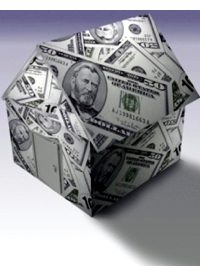
Coming in the immediate aftermath of news that the sale of new homes dropped in January to its lowest point in 50 years, and that existing home sales hit a seven-month low, other economic indicators are offering further confirmation that prospects for the U.S. economy are dismal, at best.
Estimates for January show an extremely modest increase in consumer spending — a mere 0.3 percent — while after-tax incomes fell. According to Marketwatch.com:
Real spending on durable goods, including autos, rose 0.8% in January, a reversal from the 0.3% decline seen in December.
Real spending on nondurable goods rose 0.8% after a 0.8% decline in December. Real spending on services rose 0.1% after a 0.3% increase in December….
Income from assets fell 1.2%. Rental income fell 0.3%. Income from small businesses fell 0.3%, led by a big drop in farmers’ income.
Income from transfer payments, such as Social Security, pensions and unemployment, rose 0.7%.
Real income excluding transfer payments — one of four key recession-expansion markers — fell 0.2% after three months of modest gains.
In short, real income was down, while “transfer payments” were up. According to the reported statistics, those who draw a check from from the government may have seen their income go up, but those who work the land, or operate a small business, lost ground.
The Democrat leadership is endeavoring to extend unemployment for another year — at a proposed cost of $100 billion — which will presumably continue to inflate the statistics for those whose incomes come from “transfer payments,” but these ‘increases’ in income will be paid for, sooner or later, on the backs of those who are still employed. Government redistribution of wealth does not address the underlying problem: Until Americans really get back to work, talk about a ‘recovery’ will remain just that: Talk.



